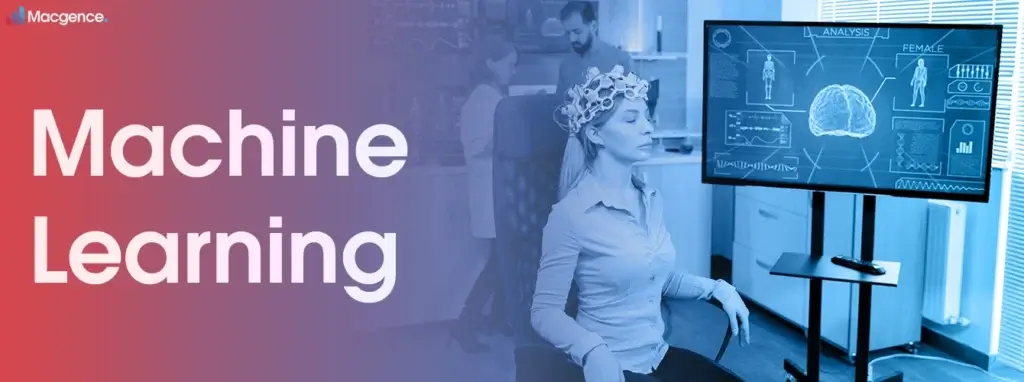Machine learning is a fantastic part of artificial intelligence. It is one of the three basic AI concepts which are Deep learning, Neural networks, and Machine learning. But before we dive more deeply, allow us to take you on a quick detour.
When we talk about learning, what do we actually mean? We know this might sound absurd but take your time to think about it.
Since our birth, we have been learning continuously and oftentimes we were taught how to learn. In simple words, we can define learning as when we improve, no matter how little it is. Be it through our experiences, being taught, or personal studies.
Nowadays, apart from consciously learning like in schools, reading a book, or self-learning, we also learn subconsciously. With the amount of information on the internet and social media, we feed our brains without realizing we do it.
The reason why we took you on a quick detour, was to give you an overview of how machine learning works without the technicalities involved. As the world evolves, machine learning is becoming an integral part of our lives. It is already all around us!
So let’s start by answering the fundamental questions.
Table of Contents
What is Machine Learning?
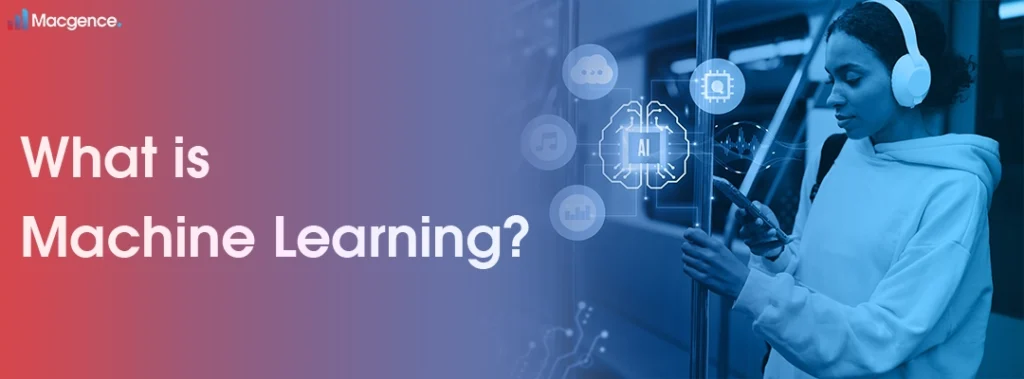
For beginners, Machine learning is the ability for machines to learn without more programming done to it, like the way we humans learn. This means that when a machine or computer gets new data, it is able to analyze, grow, improve, and produce results on its own or with little human intervention.
Actually, a higher definition of machine learning is the ability of software applications to learn the way we humans do and be able to predict possible outcomes based on historical data. We can break this down to machines imitating human learning processes but at a much faster rate.
If we look closely, there are many examples of machine learning around us. From Netflix recommending new TV series or movies, to Amazon suggesting items based on what we buy to Alexa when we tell her to play our favorite songs. These are all everyday applications of machine learning.
Now that we have answered the first fundamental question, let’s move to how machine learning works and why Macgence is your one-stop solution for all your machine learning projects.
How does Machine Learning Work?
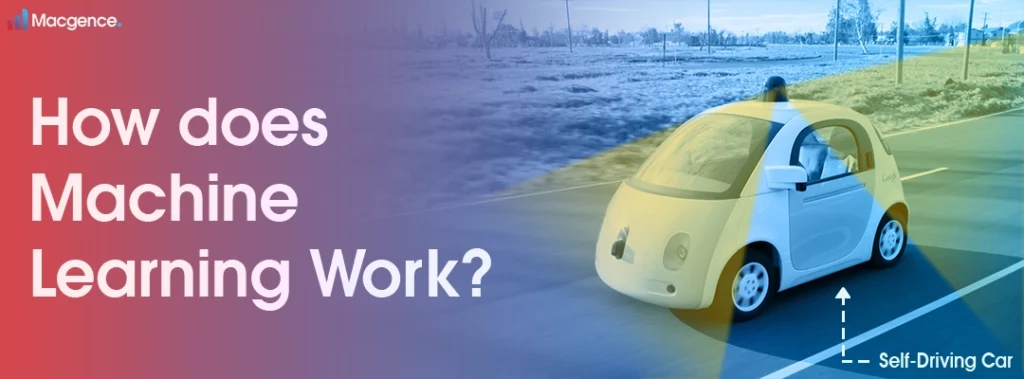
When we look back in history, machine learning concepts have been around for a long time. In Fact, it was applied in World War Ⅱ, Wow! Now, it is seen in search engines, all the way to self-driving cars. But how does this amazing but sophisticated ML work?
Firstly, an algorithm is built for machine learning software. Each algorithm built is for a different purpose and based on that selected data is chosen to train the algorithm.
Secondly, data is inputted in the ML algorithm. Now, this data can be either trained or untrained or a mixture of both, depending on the task the software is going to perform.
After inputting the data, the ML algorithm is tested a series of times until its results match the predictions set by the scientists or developers. By doing this, the algorithm gradually improves over time even if new data gets inputted.
Now let’s dive into the various types of its.
What are the Types of Machine Learning?
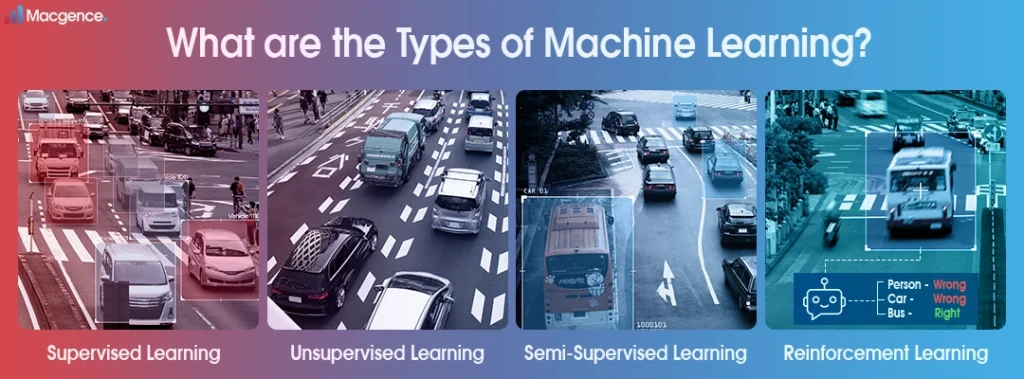
There are three main types of this, which are supervised learning, unsupervised, and semi-supervised learning. Based on statistics, supervised learning covers around 70% of ML models out there while unsupervised and semi-supervised learning falls between 10-20%, depending on the task at hand. Also, whatever is left is taken by reinforcement learning.
Now, we know these terms may come off strange to you but we will walk you through everything said above. Stay with us.
Supervised Learning
Supervised learning is when we use labeled data to train the ML model. What do we mean by Labeled data? Well, it is data that has been processed and tagged with necessary information that can be used to identify the data. This process is called data annotation. You can find out more information in our blogs “A Brief Guide about the Data Annotation “and “Data Labeling: A Comprehensive Guide”.
So when the data gets inputted, it trains the algorithm to predict outcomes more accurately. This process is done until the ML model algorithm is adjusted and ready to be deployed. Additionally, in supervised learning, there are various methods involved. For example, neural networks, Naive Bayes, linear regression, logic regression, and random forest.
Unsupervised Learning
Unsupervised learning is the opposite of supervised learning because in this case, we use unlabeled data to train the model. In this learning process, the computer detects patterns, similarities, or distinct traits in the data without human intervention.
Actually, we can say unsupervised learning is akin to the human self-learning process. This algorithm crawls through the data, to find its hidden characteristics. Further this process is very effective in training ML models.
Finally, unsupervised learning uses other different algorithms in its process. For instance, neural networks, Hierarchical clustering, Principal component analysis, and k-means clustering.
Semi-Supervised Learning
Semi-supervised learning brings that smooth blend between supervised and unsupervised learning. When training the algorithm, we use a small amount of labeled data and a large amount of unlabeled data. The labeled data acts as a guide for the ML model and then after it is partially ready, inputting the unlabeled data will allow the algorithm to evolve on its own.
Reinforcement Learning
Reinforcement learning is quite similar to supervised learning but the difference is that the ML model operates on a trial-and-error sequence. Meaning based on the outcomes it produces, it grows. So if the ML model gives multiple wrong answers to a question, it will keep searching until it finds the right answer— all on its own.
Why is Machine Learning Important?
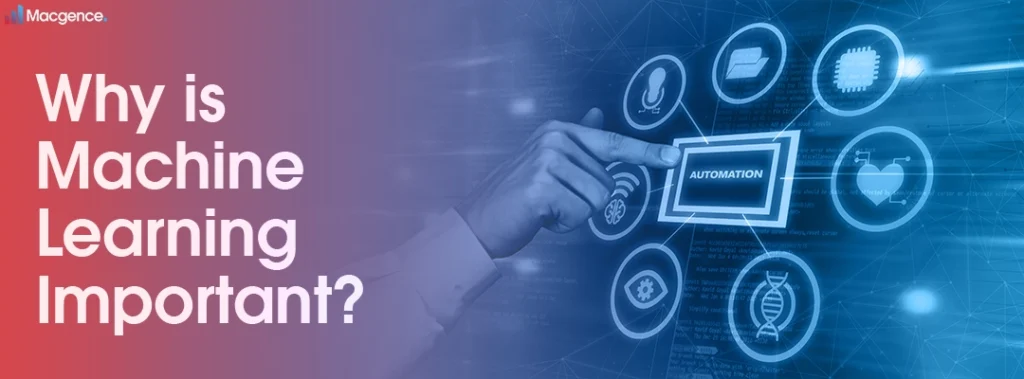
Well, from all we have said about Machine Learning, you can begin to get an idea of its importance in the world today. If we take some real-world cases such as speech recognition, cyber security, and fraud detection, Netflix, Amazon, and self-driving cars are some of the applications of this.
Detecting patterns and finding meaningful information in minutes or split seconds makes ML important.
If we take this further, the evolution of these has brought about improvements in artificial intelligence and automation as a whole.
Conclusion
It is undoubtedly bringing about change around the world. By utilizing the data inputted to train its algorithms, we can produce phenomenon results. But although this may sound easy, it needs the hands of experts to get the job done. That is why you should choose Macgence today!
Get Started with Macgence
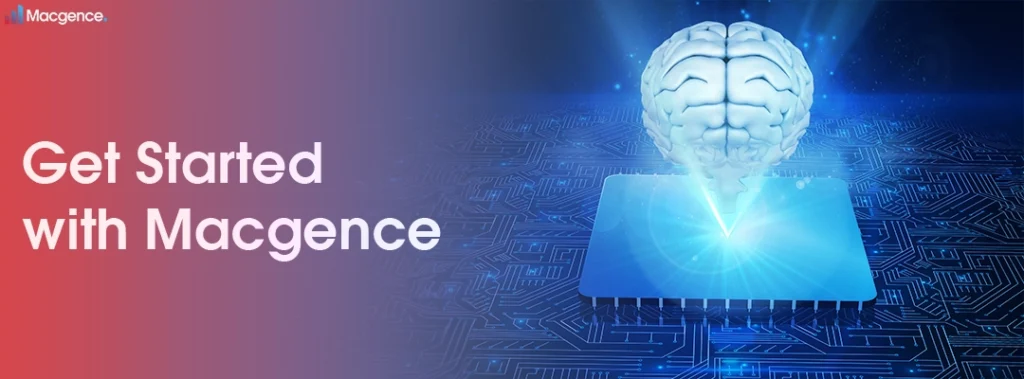
Get started with Macgence, your ultimate destination for your machine learning solutions. Our services encompass text, image, video, and audio annotation, catering to all your ML and AI endeavors. With Macgence, you’re assured of scalability, allowing us to handle projects of any size, and ensuring on-time delivery. We take pride in providing superior annotation quality, as our skilled annotators meticulously label your data to optimize ML model performance. Our commitment to zero internal bias ensures fairness and neutrality in annotations, enhancing your AI systems’ integrity. Regardless of your industry, Macgence’s cross-industry compatibility ensures customized solutions tailored to your specific needs. Start today and experience the power of ML at Macgence.

